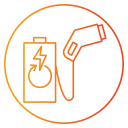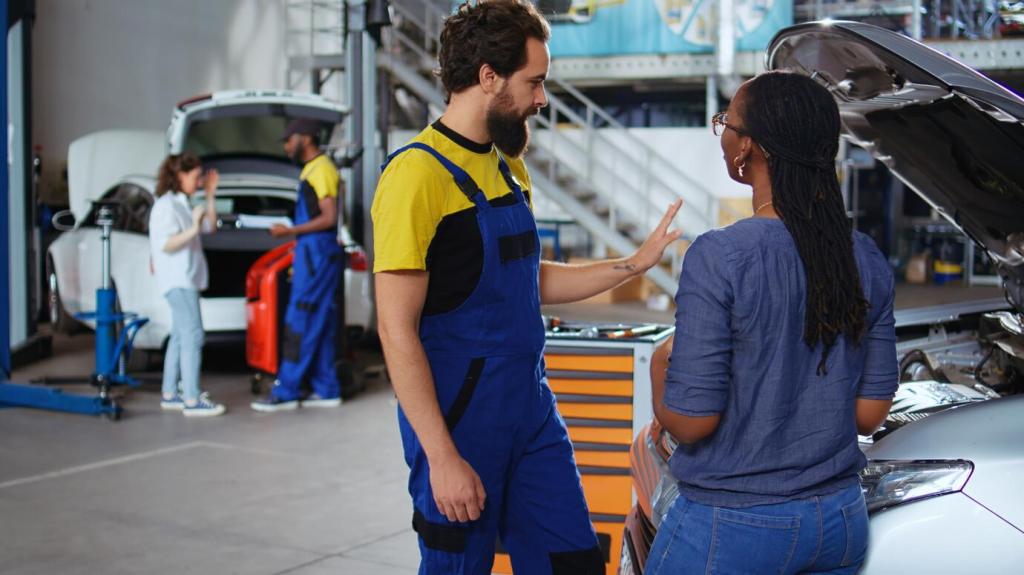Safety and Reliability Start with Inspections
A periodic battery health review checks state of health, insulation resistance, and module balance, catching early warning signs like swelling, odors, or error codes. Share your experiences and subscribe to learn more practical battery care.
Safety and Reliability Start with Inspections
Regenerative braking saves pads, but moisture, rust, and aging brake fluid still threaten performance. Inspections verify hardware, fluid condition, emergency stopping capability, and pedal feel. Tell us how regen changed your maintenance habits.





